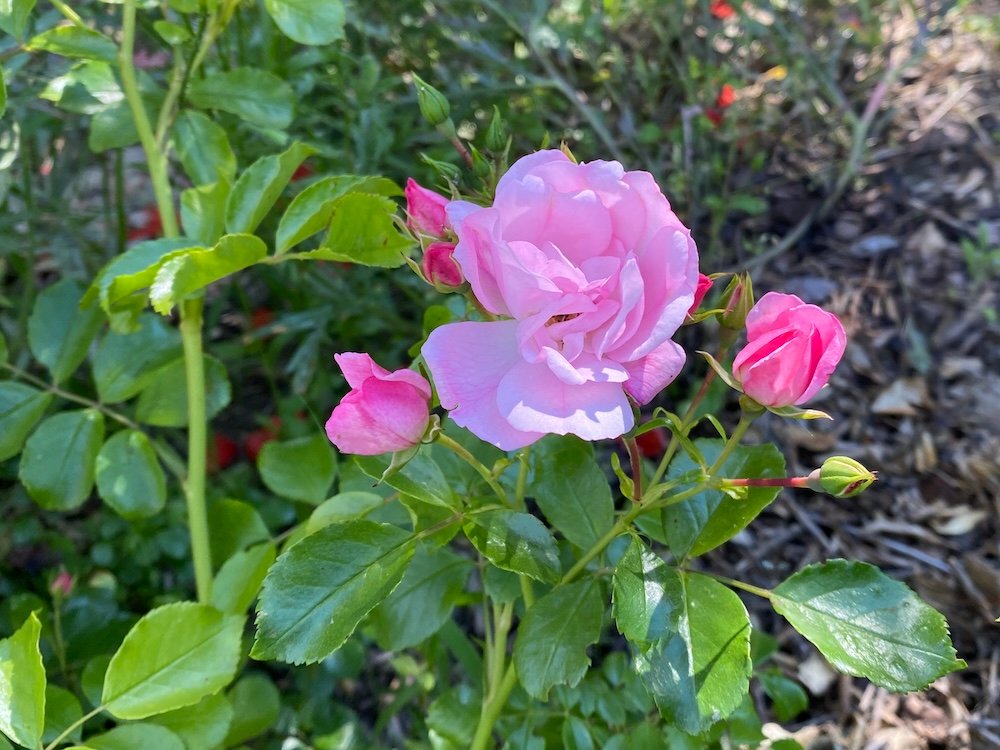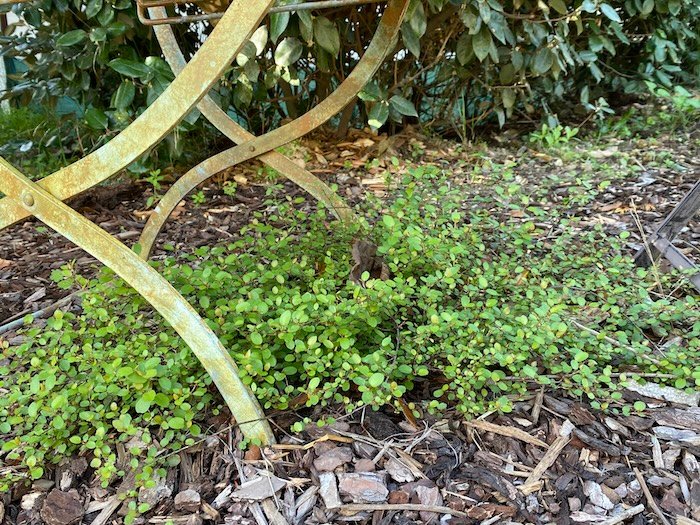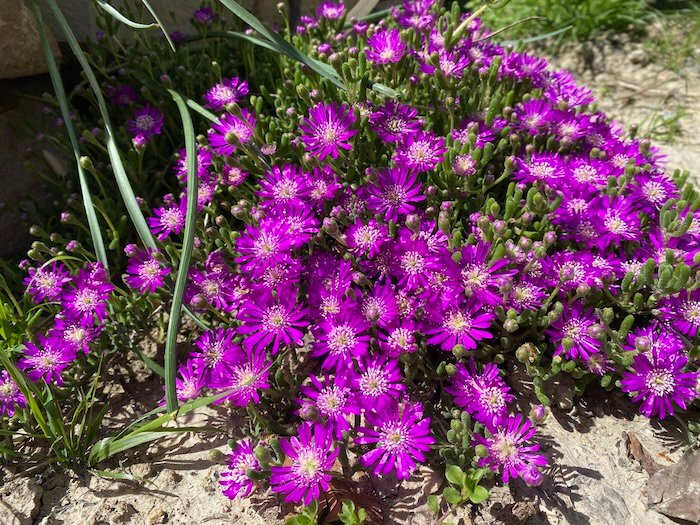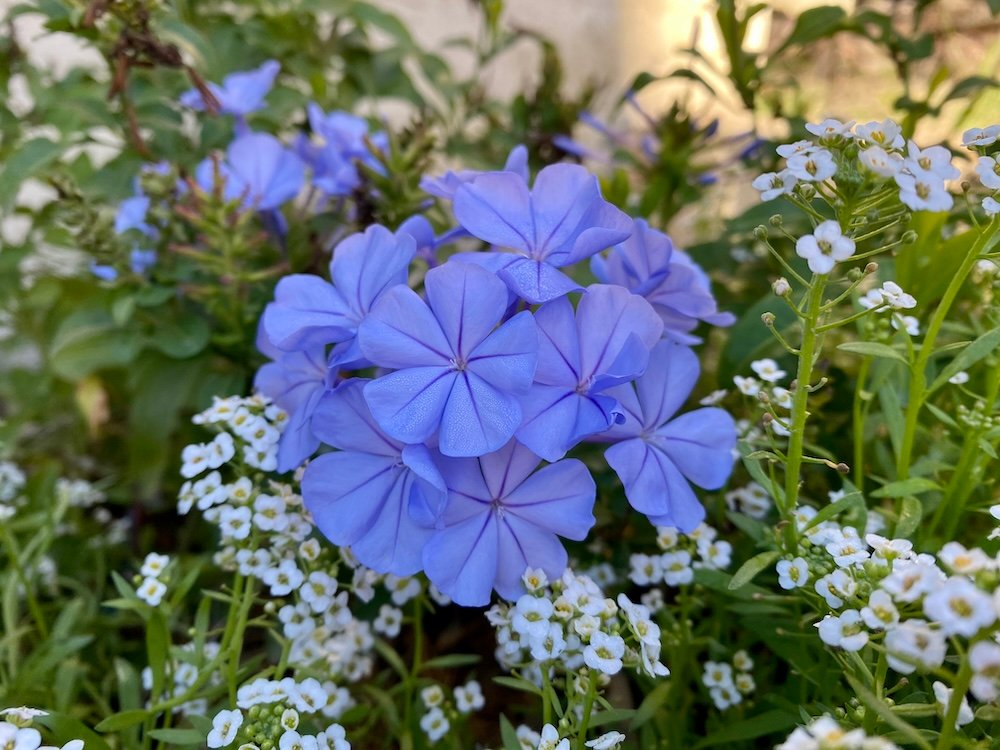Tag: perennials
-

Roses for a Mediterranean Garden
A garden without roses? It’s possible but is it necessary? I did my research in 2022 and chose what I thought was a varied selection of robust roses. My experience so far shows that there are huge differences between varieties, even those said to be robust and resistant. And there are a lot of aspects…
-

Cordyline australis
Overall not really a success story. I planted this garden center plant in the spring of 2023 in a pot on the very sunny and hot terrace. In the summer Egyptian locusts chomped on the leaves and the plant itself was rather underwhelming with the tips of its leaves constantly brown. Too much water? Not…
-

Asphodelus
If you drive along the Languedoc countryside in spring and early summer you can’t help but see Asphodelus everywhere. They are definitely a Mediterranean native and despite their frail appearance they are tough as nails in this hot and dry climate. Olivier Filippi gives them a 5 of 6 on his drought tolerance scale. There…
-

Muehlenbeckia complexa/axillaris
I’ve fallen quite in love with this dainty-looking, but vigorous ground-cover. I’m not quite sure whether I have Muehlenbeckia axillaris or complexa – or both – in my garden. Regular French garden centers sell it cheaply but almost always without naming the species. Given the shape of the flowers and fruit and the growth habit,…
-

Aizoacea & Mesembryanthemum
The Aizoaceae family is endemic to South Africa and has brought forth a multitude of mostly low-growing, spreading plants with fleshy leaves and bright flowers that work well as ground cover on dry soils in full sun. Several of its members are know as “ice plant” or “mesembryanthemum”. Interestingly, even “New Zealand Spinach” that grows…
-

Plumbago auriculata / capensis
Plumbago auriculata or capensis is a native of South Africa where it is typically part of the undergrowth under larger shrubs and bushes. It has become quite popular as a smallish climber in regions with mild winters. The foliage will be killed off by frost but a well-established plant can withstand up to -8°C, growing…